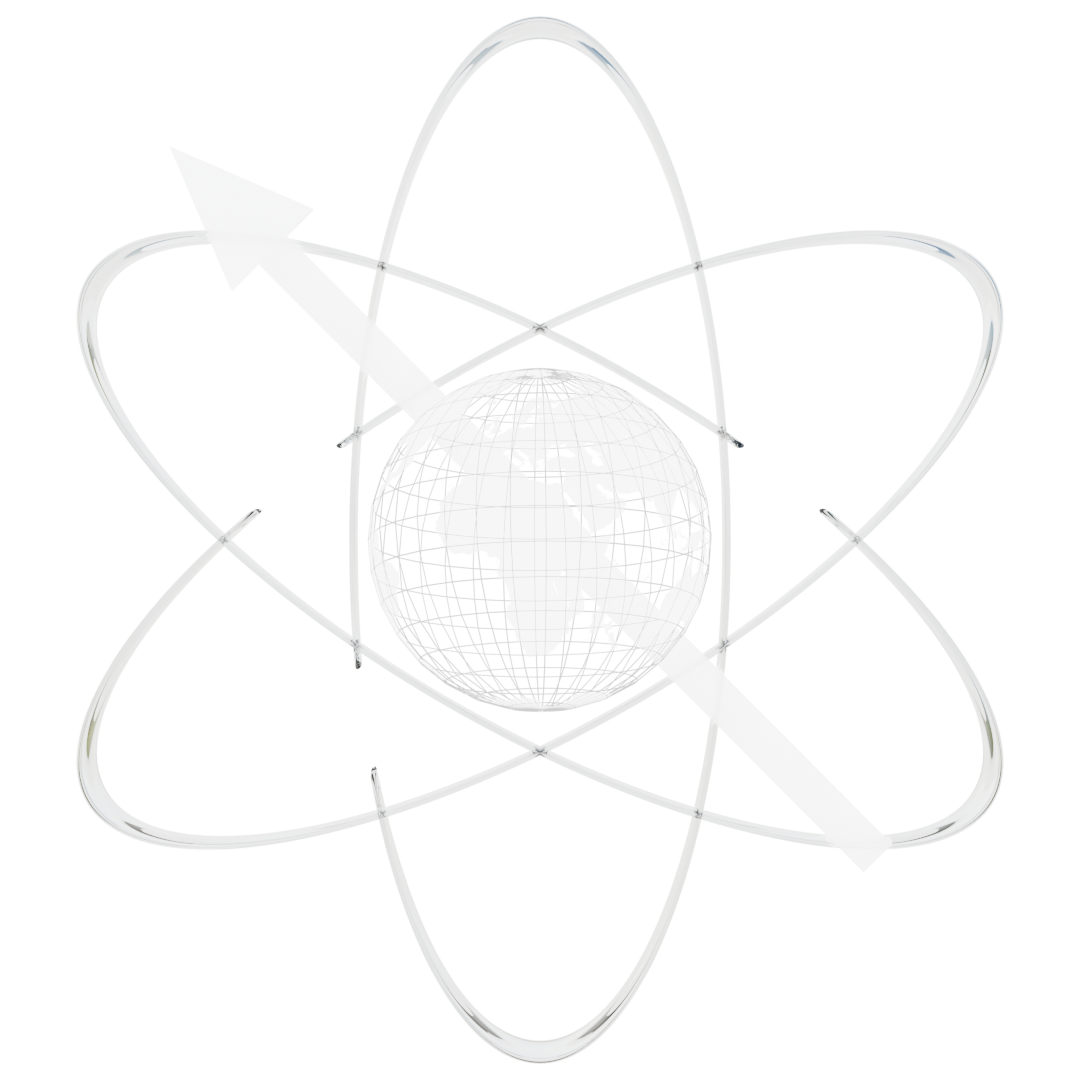-
Ultralow-field nuclear magnetic resonance for direct nondestructive observation of electrolyte composition in batteries
Roman Picazo-Frutos – @PicazoFrutosN
Rechargeable batteries represent a key transformative technology for electric vehicles, portable electronics, and renewable energy. Despite enormous developments in battery research, there are few nondestructive diagnostic techniques compatible with realistic commercial-type cell enclosures. Many battery failures result from the loss or chemical degradation of electrolyte. Here we show measurements that allow quantification of electrolyte amount, composition, and potentially degradation, through battery enclosures. Instrumentation and techniques developed in the context of zero-to-ultralow-field nuclear magnetic resonance (ZULF NMR) with optically pumped atomic magnetometers as the detection elements are used for this study. In contrast to conventional NMR methodology, the reduced background magnetic fields employed here make even potentially thick stacks of battery housing and electrodes transparent to the lower-frequency electromagnetic fields involved. Both the solvent and lithium-salt components of the chemical signature can be quantified, as the results described herein demonstrate.
-
Understanding Spin Dynamics and Polarization Transfer in Photoexcited Triplet Electron Spins
Sajith V Sadasivan – @v_sadasivan
Optically activated DNP techniques involving triplet state excitation use non-equilibrium electron spin polarization for room temperature measurements. Despite the advancements in the field, electron spin dynamics during polarization transfer to nuclei remain unexplored. This study aims to understand the electron spin dynamics of a photoexcited triplet system coupled to nuclei.
Leave a Reply
-
Understanding the functional dynamics of PV-3C(D) and RNA interactions
Somnath Mondal – @somomsom
The picornaviral 3C(D) protein is a vital protease that cleaves viral polyproteins and host cell defense proteins, interacting with replication elements to control replication and translation. Its interaction with RNA, causing liquid-liquid phase separation, could influence viral apoptosis and infection in the host cells.
Leave a Reply
-
Unprecedented protonation of carbon monoxide in zeolite
Konstantin Khivantsev – @Khivantsev
We show both experimentally and theoretically that CO can be activated (protonated) by Bronsted acid sites to form the super-electrophilic HCO+ cation in H-zeolites such as mordenite. This mode of activation of carbon monoxide is novel for solid materials and has not been observed before. This reactivity stems from the confining environment of zeolitic micropores. HCO+ is a catalytically active super-electrophile showing catalytic reactivity in C-H and C-O bond activation.
Leave a Reply
-
Unusial Zn-finger protein
Sergei Dukhalin – @DukhalinSergei
Zinc finger proteins play an important role in DNA organization. We have found a new family of D. Melanogaster proteins with an unusual zinc finger domain capable of forming homo- and heterodimers. The 3D structure of one of this family member was determined as homodimer by solution NMR.
Leave a Reply
-
Unveiling Charge-Pair Salt-Bridge Interaction Between GAGs and Collagen Protein in Cartilage: Atomic Evidence from DNP-Enhanced ssNMR at Natural Isotopic Abundance
Bijaylaxmi Patra – @BijaylaxmiNMR
Glycosaminoglycans (GAGs) and protein interactions are essential in numerous biochemical processes involving ion-pair interactions. However, there is no evidence of this, in native cartilage. Using dynamic nuclear polarization (DNP)-enhanced magic-angle spinning (MAS) NMR, we detected these interactions, revealing charge-pair salt-bridges and potential hydrogen bonding, offering new structural insights.
Leave a Reply
-
Using Electron Spin Clusters for Dynamic Nuclear Polarization
Raj Chaklashiya – @RajChaklashiya
Here we present design principles for Dynamic Nuclear Polarization (DNP) utilizing narrow-line Electron Spin Clusters (ESC) to achieve nuclear spin resonance matching (ESC-DNP) for 1H NMR signal enhancement at 7 T, with potential for wide radical design scope at high magnetic field and low microwave power.
Leave a Reply
-
X-band single chip integrated pulsed electron spin resonance microsystem
Reza Farsi, Nergiz Sahin Solmaz, Giovanni Boero – @lmis1_epfl @NergizSahin
We report on the design of a single-chip X-band pulsed ESR detector (0.7 mm²), and results of single pulse, Hahn echo, two echoes, Carr-Purcell, and inversion recovery echo measurements at room temperature. We measured 8×10⁷ spins/Hz^(1/2) spin sensitivity on a 0.1 nL sensitive volume, with <100 mW power consumption.
Leave a Reply

Leave a Reply